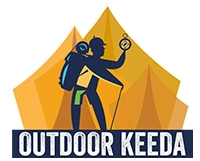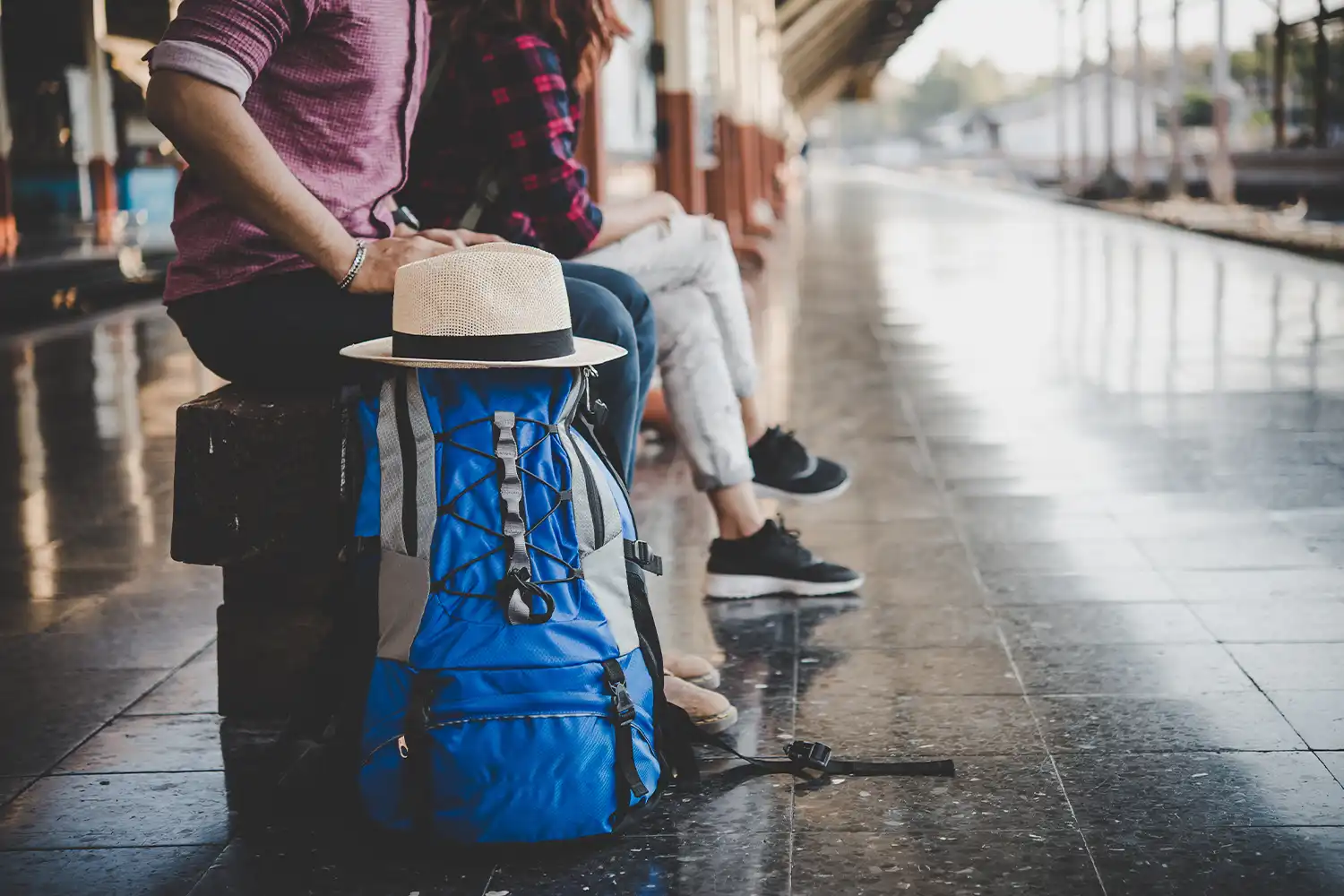Picture this: instead of racing through airports and cramming a dozen cities into a week, you’re sipping coffee on a Tuscan porch, chatting with locals, or hiking a quiet trail in Bhutan with zero rush. That’s slow tourism—and it’s blowing up for 2025. Travelers are ditching the frantic checklists for something deeper, slower, and way more real. So, why’s this chill vibe taking over? Let’s unpack why slow tourism’s the next big thing and what it means for you in the year ahead.
What’s Slow Tourism Anyway?
Slow tourism’s all about hitting pause—staying longer, digging into one place, and soaking up its soul. Forget the selfie-and-run game; this is living like a local, not a tourist. Think renting a cottage in Provence for a month instead of blitzing Paris in a weekend. It’s trending hard—folks on X are buzzing about swapping overstuffed itineraries for laid-back escapes. After years of travel chaos—pandemic rebounds, packed airports—people want calm, not craziness.
Why 2025’s the Year for It
The world’s shifting, and travelers are too. Post-2024, with airports like Atlanta and Dubai bursting at the seams (62 million and 60 million seats last year), the rush feels exhausting. Slow tourism’s the antidote—less time in security lines, more time breathing fresh air. Plus, sustainability’s hot—travelers want greener trips, and staying put cuts your carbon footprint big time. Rent a bike in Amsterdam instead of jetting to five countries? That’s the 2025 mood.
Money’s another driver. Flights are pricier—fuel costs jumped in 2024—and slow tourism saves cash. A week in one spot, cooking with local groceries, beats hopping planes every other day. And destinations are pushing it—Italy’s got “slow villages” luring folks with cheap rentals, while Japan’s rural gems like Shirakawa-go are begging for longer stays over Tokyo flybys. It’s not just talk—slow travel bookings spiked 20% in 2024, and 2025’s set to double down.
The Perks: Why Travelers Are Hooked
Slow tourism’s got juice. You actually connect—learn a few phrases, haggle at a market, hear stories from the old guy at the bar. In a quick trip, you’re a ghost; here, you’re part of it. It’s chill too—no 6 a.m. checkouts, just waking up when you feel like it. Mental health’s a win—studies say lingering in nature or small towns beats the stress of city-hopping. Ever tried pottery in a Greek village? That’s slow tourism flexing.
Then there’s the brag factor. Everyone’s got Paris pics—yawn—but a month weaving baskets in Laos? That’s a tale. Plus, you dodge the crowds—busiest hubs like Heathrow (51 million seats) are nuts, but slow spots like Portugal’s Alentejo are quiet gold. It’s travel that sticks with you, not a blur you forget.
How to Jump In
Ready to slow it down? Pick one spot—Costa Rica’s jungles, Scotland’s Highlands, or even Kerala’s backwaters if you’re India-bound. Book a long stay—Airbnb’s your friend, with deals for 28+ days. Ditch the car when you can—walk, bike, or bus like a local. Eat where they eat—street stalls over tourist traps. And skip the big guides—chat up a shopkeeper instead. Bali’s new rules (Rp 150,000 levy, licensed guides) fit this vibe—stay longer, respect deeper, save the chaos.
The Catch?
It’s not perfect. Takes time—a week won’t cut it; you need two, maybe a month. Work-from-anywhere helps, but not everyone’s got that flex. Some say it’s boring—no adrenaline rush of a whirlwind tour. And remote spots can mean spotty Wi-Fi or tricky transport—pack patience. Still, the trade-off’s worth it for most.
Why It’s Big for 2025
Slow tourism’s not a fad—it’s a reset. With travel fatigue peaking and eco-awareness spiking, 2025’s the year folks trade quantity for quality. It’s about stories over snapshots, roots over races. Want in? Pick a corner of the world, settle in, and let it sink deep. Where you slowing down to? Drop it below—let’s swap ideas!







